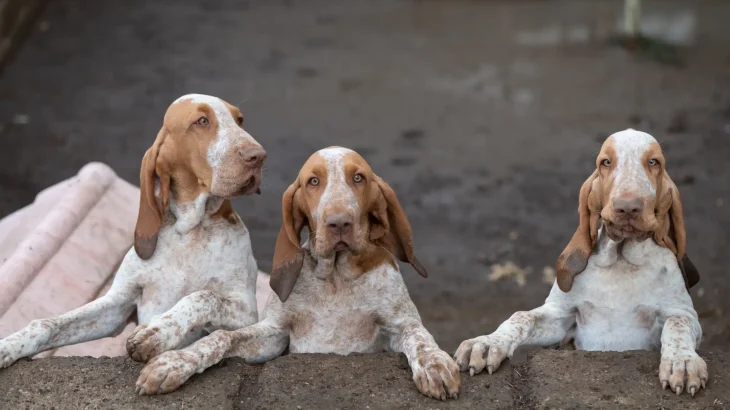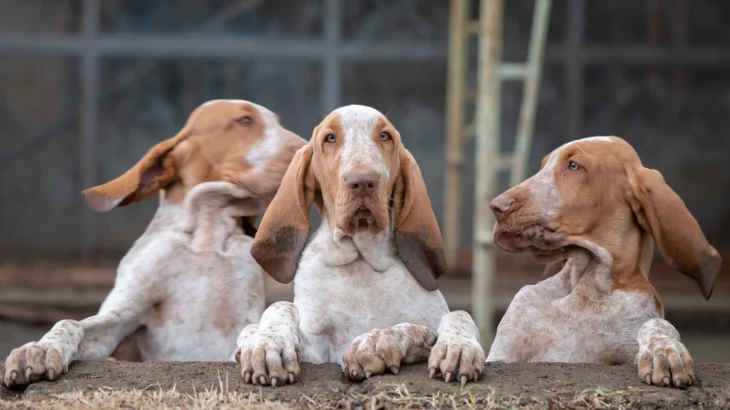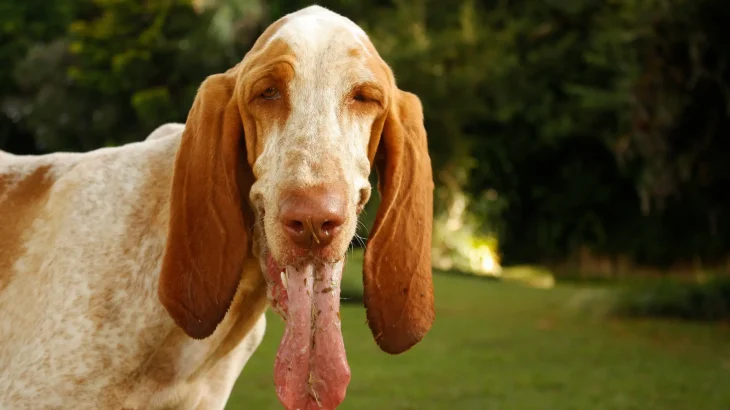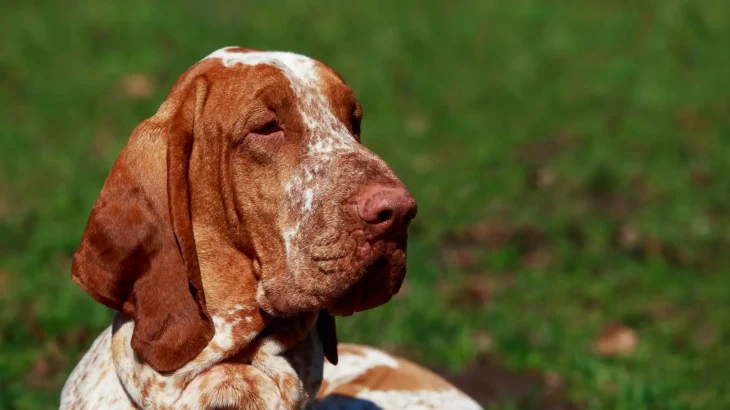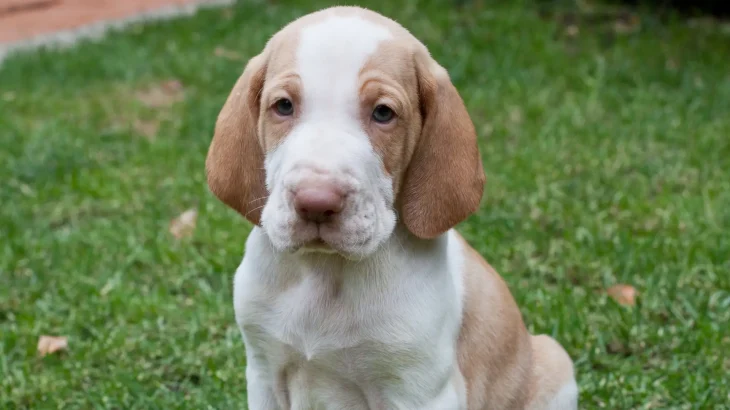Deciding whether to adopt or purchase a Bracco Italiano puppy depends largely on your priorities regarding cost, health transparency, and support. Buying from a reputable breeder offers detailed health histories and ensured breed purity, while adopting usually costs less and supports rescue efforts, but may come with less certainty about the dog's background.
Adoption vs. Breeder: Pros & Cons
| Criteria | Buying from Breeder | Adopting from Shelter/Rescue |
|---|---|---|
| Cost | Higher initial cost, often significantly more than adoption fees. | Lower adoption fees, often including vaccinations, spaying/neutering, and microchipping. |
| Health History | Detailed health records and genetic screening usually provided. | Health history may be limited or unknown, though basic health checks are performed. |
| Age Availability | Primarily puppies, allowing you to raise them from a young age. | Varied ages available, including adults and seniors. |
| Temperament Insight | Breeders can provide info based on lineage and parents' temperament. | Shelter or rescue staff can share observed behaviors; full history may be unclear. |
| Supporting Practices | Supports responsible breeding programs focused on breed standards. | Supports animal welfare by giving homes to dogs in need and reducing shelter populations. |
| Breed Purity & Pedigree | Guarantee of purebred status and documented pedigree. | Often no guarantee of breed purity or pedigree documentation. |

